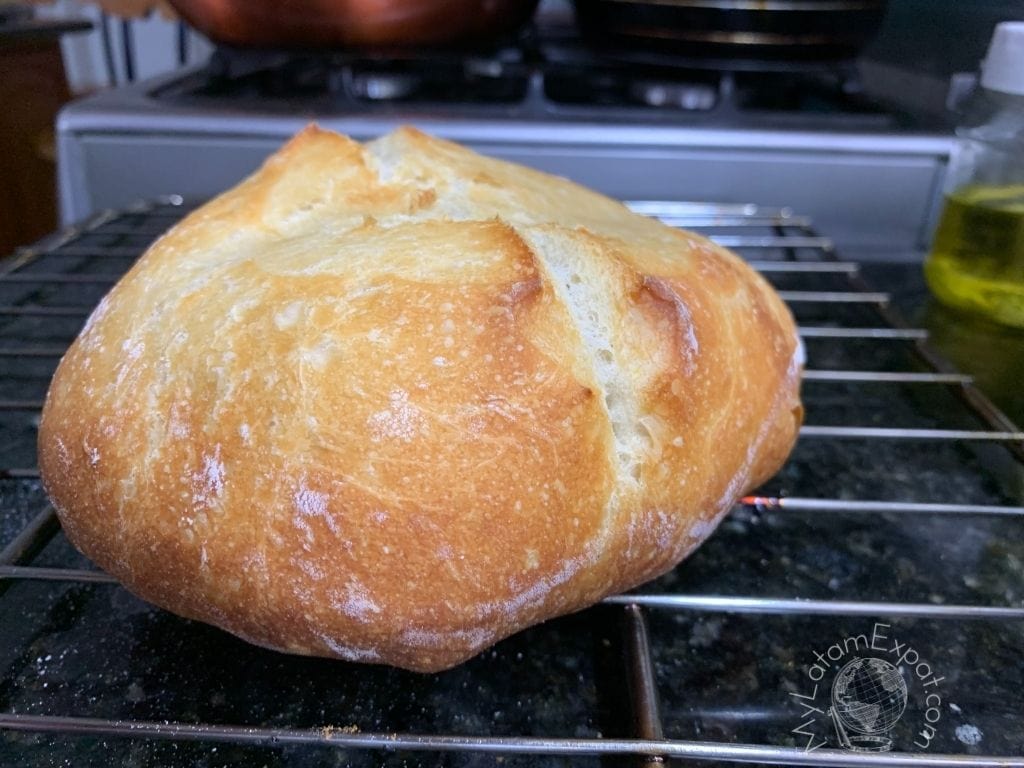One of the changes we did not anticipate when we moved to Ecuador is how it would affect the way we cook our meals. Pretty soon, I had to admit cooking took longer than I wanted it to, and what I served did not quite look like what we were used to. Turns out the altitude affects food and the way it cooks or bakes, especially in Quito, as it is located 9,350 ft above sea level and has a pretty dry climate. Even if you are not much of a cook, take any package of pasta bought in Ecuador and you’ll see it suggests 2 different preparation times : one for the coast and one for the mountain side, which is always a tad longer. And this difference is just the tip of the iceberg : cooking in high altitude involves many differences.
Boiling water at high altitude
When it comes to boiling, for instance pasta or rice, or even eggs, the consequence is pretty easy : it takes longer. Why ? At this altitude, there is less oxygen in the air, the pressure is lower. Water will not boil at its usual 212°F (100°C), it will boil at a lower temperature : at 5900 ft, water already boils at 201°F. Given the altitude of Quito, water will boil at a rough 195°F. Concretely, it means that when you turn on the stove, the water will boil faster, but the water will not be hot enough for the food to cook at the speed you are used to, it will take longer, usually between 2 to 5 extra minutes to make your pasta al dente.
The difficulties of baking at high altitude
If you want to bake a cake or some cookies, other difficulties will arise : the cake will raise but still not baked, cookies will be dryer, harder…
Pastries and cakes are dryer, simply due to the air dryness in higher altitude. There are some rules to follow to help you get a result closer to what you are used to: a little less sugar and flour, a little more liquid (milk, butter or water). Also, increase the required oven temperature slightly (about +25°F).
To avoid the cake to overflow the mold, reduce the amount of baking soda or powder, which will help the cake to bake better.
Of course, these adjustments will depend on your recipe. Despite all the advice you can find here and there about how much more of this or less of that you need, the best way is to try it out yourself, until you find the right balance, between adjusting quantities of ingredients and adapting temperatures and cooking/baking time. Don’t panic, just try. And remember, the looks may be unusual but the taste will be the same… or will it?
Other differences
Did you know that food in altitude can also be less tasty? The dryness of air affects your nose, you can smell less, which affects your overall sensations when you eat, and you feel like your food is tasteless: don’t be afraid to add some extra salt and spices! For cakes, depending on the flavor, think of vanilla, cinnamon, cardamom, or some more chocolate!
One last piece of advice: dry climate = dry food. Don’t leave food out in the open if you don’t want it to dry out, place it in a food container or under a food dome.

